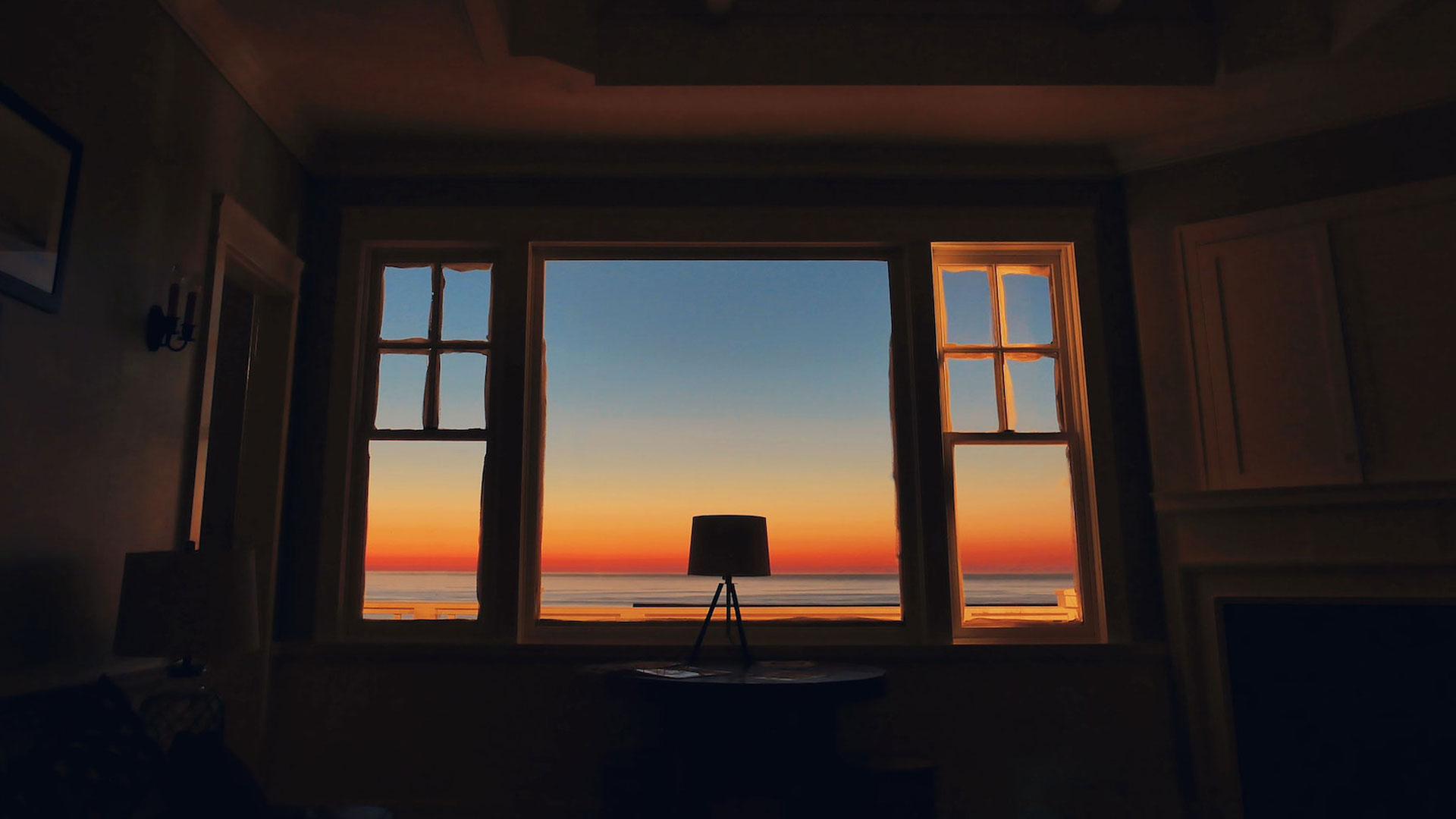
The Evolution of Window Design: A Journey Through Time
Windows – more than mere architectural elements, they’re portals that connect us to the world outside. Over time, they’ve transformed from simple apertures to sophisticated designs, mirroring human progress, technological advancements, and evolving architectural tastes. This article traces the fascinating journey of window design from the distant past to today.
Ancient Beginnings
The earliest ‘windows’ were likely just holes or apertures in primitive structures, providing ventilation and a modicum of daylight. They were uncomplicated and bereft of any glass or protective covering.
In ancient civilizations, like Egypt and Greece, windows were small and strategically placed. Their primary function was ventilation. The Romans, with their architectural prowess, began using glass in windows, though this was a luxury and predominantly found in the homes of the wealthy. This early glass was thick and translucent, offering limited visibility.
Medieval Transitions
Fast forward to medieval Europe, and we see windows starting to take on religious and symbolic importance. The Gothic cathedrals showcased stained glass windows, which were not just visually arresting but also narrated biblical stories. These windows were an amalgamation of art and architecture, reflecting the era’s spiritual fervor.
Renaissance and the Age of Discovery
As we moved into the Renaissance, windows became larger, letting in more light—a reflection of the age’s spirit of discovery and openness. Architects started to experiment with shapes and sizes, leading to innovations like the bay window, which offered panoramic views and added a sense of space.
19th Century: Industrial Revolution
The Industrial Revolution brought in mass-produced glass, making windows cheaper and more accessible. This led to the widespread use of sash windows, which were both functional and aesthetically pleasing. The double-hung sash, for instance, became emblematic of Victorian homes.
20th Century: The Modernist Shift
The 20th century witnessed radical shifts in design philosophies. Modernism championed minimalism and functionality. Windows began to be seen as walls of light, leading to designs like floor-to-ceiling windows that blurred the boundaries between the inside and outside.
The latter half of the 20th century also saw an increased awareness of energy efficiency. This led to advancements in double and triple glazing, allowing windows to retain indoor temperatures while warding off external weather conditions.
21st Century: Sustainability and Smart Technology
Today, window design is at the forefront of sustainable architecture. With the increasing threat of climate change, energy-efficient windows have become the norm. They are no longer just about aesthetics or letting in light; they are integral to a building’s energy footprint.
Furthermore, the integration of technology means that we now have ‘smart windows’ capable of tinting themselves based on sunlight or even generating electricity through embedded solar panels.
From mere holes in the wall to architectural marvels, windows have come a long way. They mirror our evolution as a species—our changing needs, aspirations, and the technological leaps we’ve taken. As we stand at the cusp of further architectural innovations, it’s intriguing to imagine the future of windows. One thing’s for certain: they will continue to shape our structures, our lives, and our view of the world outside.
Photo by Aleksey Kuprikov

